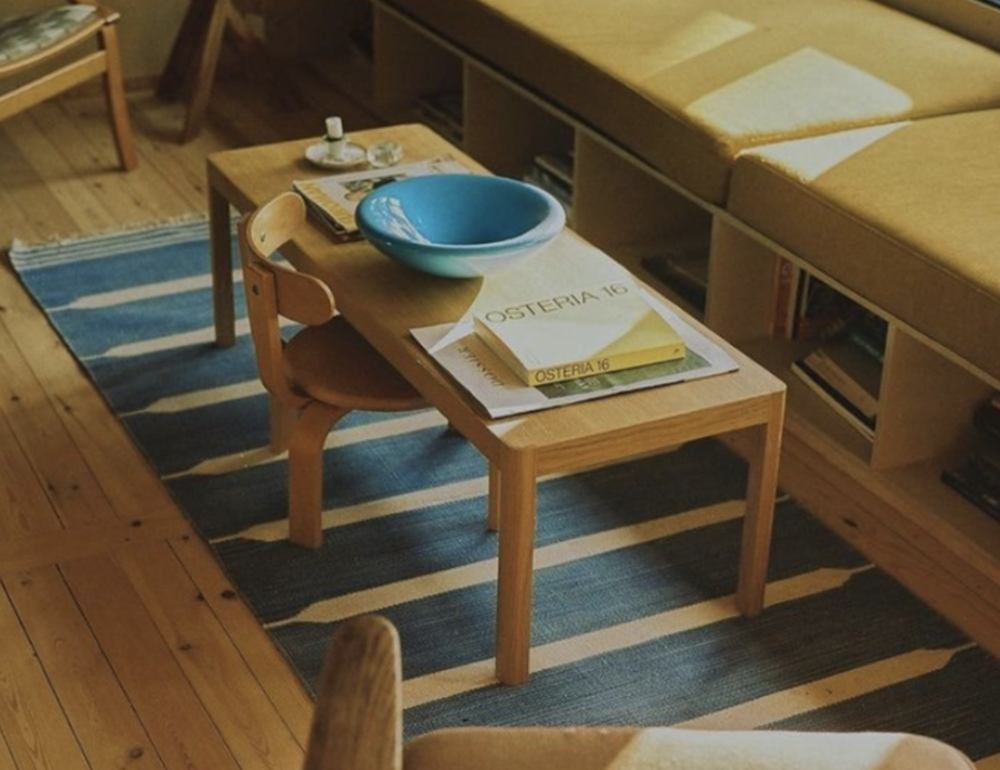Greg Piwonka: Processing Through Color
In the midst of Austin, Texas’ Hyde Park neighborhood is a new gallery space that’s drawing the attention of art collectors around the country. It’s Martha’s Contemporary, founded by Mer Williams and Ricky Morales, Texas natives who moved into this space with the goal of highlighting local artists and creating a place to foster creativity and community.
I was thrilled to hear about the gallery, after growing up going to school in this very neighborhood. What used to be a strip of vacant storefronts and an old motel is now a place for creatives in Austin to come together. I met their partner and Communications Director, Alexandra Alvarez, at the space who walked me through the Greg Piwonka exhibition in the principal gallery.
As soon as I walked in, I found the warmth of Piwonka’s electric paintings striking. The bright, warm oil paintings evoke an optimistic feeling, however the title of the show “Power Struggles” evokes a much deeper meaning – “There are these tender and natural moments,” Alexandra described, “but then you notice the perverse nature of the dog being under the woman’s skirt. It makes you think about power struggles and the toxic masculinity that can exist within these warm households.”
Greg Piwonka’s work is often centered around the idea of a hyper-masculinity gone wrong, in his home and in society with an unlikely symbol - a droopy-eyed, almost sedated dog. He describes his work – “In some ways they are funny paintings and it is funny to compare mens’ toxic behaviors to small dogs,” Piwonka told Sightlines Mag. “But I understand [that] being at the other end of mens’ toxic behavior is not funny at all and can be terrifying.”
I had the chance to ask Greg more about his start as an artist, how he is (or isn’t) inspired by his Texan roots, and his current exhibition, below:
Lauren Youngblood: What motivates you to create?
Greg Piwonka: Painting is a way I process ideas and the world. Books and the news inspire the paintings, but they are equally inspired by imagination, color and the materiality of paint. The color in the paintings is really important to me, after progress on a painting I often just sit with it in the studio and absorb the colors. The brightness and the patterns in the paintings feel paradoxically healing and anxious at the same time.
LY: When did you start painting?
GP: I first started painting in undergrad in a 2D design class with acrylic on paper. I had no idea what I was doing and struggled with trying to get the consistency right to get the paint to even cover the paper. I wanted the paint to be opaque and was too impatient to make multiple passes. I was obsessed with the edges of these shapes being clean and not showing any brush marks.
LY: How has living in Texas inspired your art?
GP: I think about how I grew up and my identity as a white CIS male. Since I grew up in Texas I think that possibly had some impact, but it’s hard to know if it would have been different anywhere else in the United States. The ideas in these paintings started in Richmond, VA while in grad school, so I don’t know if there is a Texas inspiration. The textiles in my house inspire many of the patterns. The furniture and plants in the work are based on things from my house. The domestic setting is more inspiring than Texas. I don’t know, I just happen to live in Texas -- I think about leaving all the time.
LY: What inspired “Power Struggles”?
GP: Feminist writers like bell hooks especially the book The Will to Change, Rebecca Solnit, Maggie Nelson and more inspired many of the ideas in the paintings. Philip Guston’s hood paintings and his paintings of legs and shoes inspired the idea to use the dog as a symbol for toxic masculinity. Musa Mayer’s memoir of Philip Guston Night Studio was also influential, it made me think about being an artist, husband and father and the way to navigate those roles in my life. When I can’t think of ideas for paintings I just look around the house for things to draw and then these drawings are often generative.
LY: What’s one thing you want the audience to take away from the show?
GP: One of my favorite things about art is the way concrete things can become abstract and how we as humans assign meaning to images. When is a dog just a dog or a symbol for something else? I often get asked if I like dogs, and I do, but that isn’t the reason the dogs appear in the work. These paintings use humor to compare male toxic behaviors to dogs. The paintings are not subtle, but the critique is subtle and could be missed, and that is interesting to me, I want viewers to think about why I use the dogs in my paintings.
For more, follow Greg Piwonka on Instagram here.







